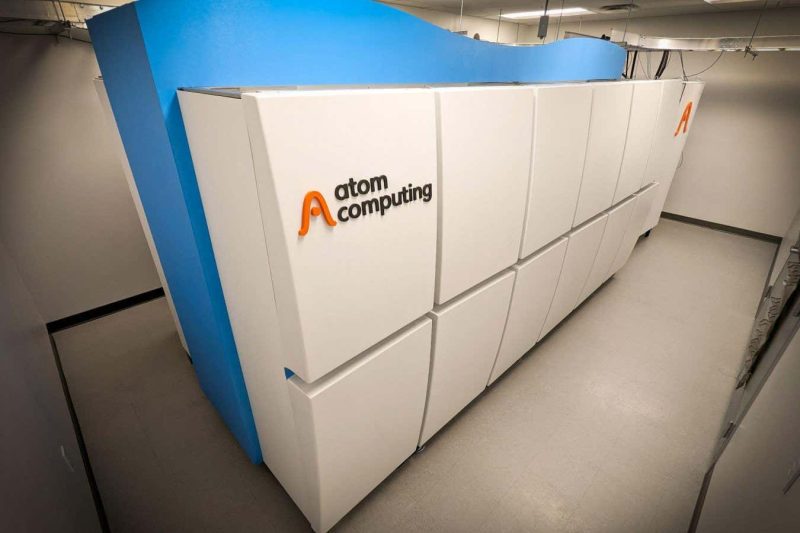Introduction
The largest quantum computer ever built has achieved a significant milestone by surpassing 1000 qubits. With more than double the qubits of IBM’s Osprey machine, this breakthrough by California-based start-up Atom Computing represents a new record in the field. While having more qubits doesn’t necessarily guarantee better performance, large numbers of qubits are crucial for the development of future error-free quantum computers.
The Design and Scaling Potential
Atom Computing’s quantum computer utilizes a 2-dimensional grid consisting of neutral atoms trapped by lasers as qubits. This design offers scalability, allowing for the addition of numerous qubits to the grid. According to Atom Computing’s CEO, Rob Hays, achieving fault tolerance in future quantum computers will require tens of thousands of error-correcting qubits alongside programmable qubits. The neutral atom approach adopted by Atom Computing enables quicker scaling, potentially accelerating the transition to the fault-tolerant era of quantum computing.
Advantages of Neutral Atom Qubits
Compared to conventional computing bits, which are interchangeable and have values of 1 or 0, qubits possess a wider range of properties. Neutral atom qubits are particularly well-suited for quantum entanglement, a phenomenon where the measurement of one qubit affects the other. These qubits also display greater stability, maintaining their quantum state without collapsing for nearly a minute. This stability, known as fault tolerance, is crucial for error correction. Atom Computing utilizes ytterbium atoms as qubits, leveraging the less sensitive quantum property of the atom’s nucleus called spin. This enhances coherence times and minimizes the influence of external disturbances.
Comparison and Future Applications
Although comparing quantum computers can be challenging due to their varying features, Atom Computing’s machine is said to be comparable in processing ability to IBM’s Osprey. However, the company has yet to release specific figures on this. Atom Computing aims to offer its machine to customers for cloud computing applications in the near future. It should be noted that the current machine cannot perform simultaneous operations on all qubits, a requirement for fully error-corrected machines. Other research groups are also developing quantum computers with over 1000 atomic qubits, marking an exciting frontier in the field.
Conclusion
The achievement of over 1000 qubits in Atom Computing’s quantum computer represents a significant milestone in the advancement of quantum computing. With its scalable design and utilization of neutral atom qubits, this machine holds promise for future error-free and fault-tolerant quantum computers. The progress made by Atom Computing and other research groups underscores the ongoing development and potential applications of quantum computing technology.








